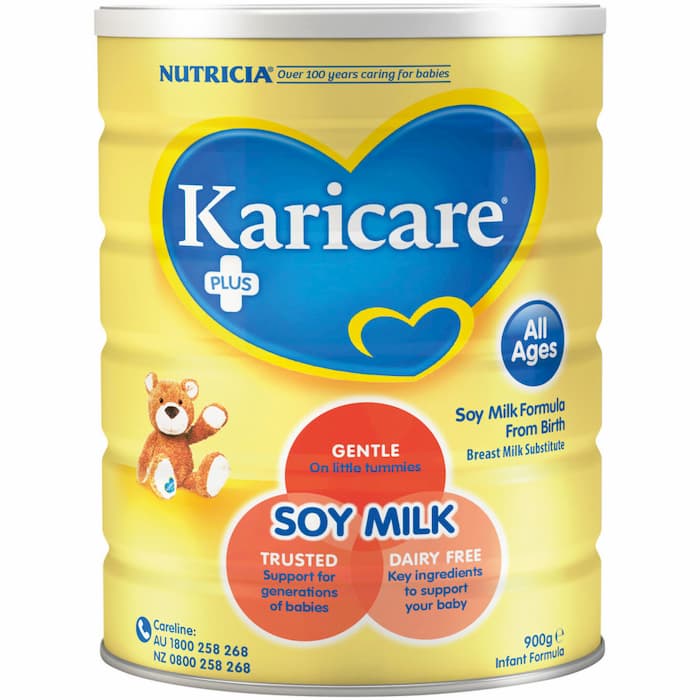Baby Formula: Here’s How to Discern What’s Best
You are not a bad mother if you decide to give your baby formula. Regardless of your reasons for doing so, your baby will grow into a healthy human being, surrounded by lots of love. And since mums want the best for their little bundle of joy, choosing a quality and safe baby formula is paramount.
Contents
How to Choose Baby Formula Australia Made?
The first thing you need to know is that there are two types of formulas available on the market – ready to use and powdered.
Ready-to-Use Formula
Without a doubt, nothing can beat the convenience of this formula as it needs no mixing or measuring. All you need to do is to open and serve it. This formula is hygienic and the most commonly used one in hospitals. However, all this comes at a price. The ready-to-use formulas are more expensive. Another downside is that once opened, it needs to be used within 48 hours. And since it has a darker colour, this formula is more likely to stain the clothes which isn’t convenient as babies can stain their clothes a lot.
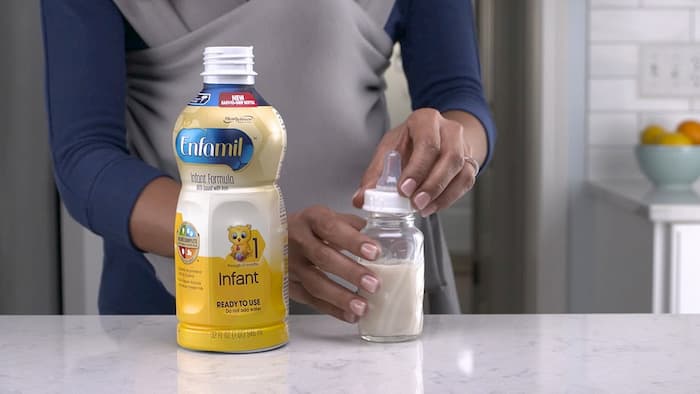
Powdered Formula
Powdered formula is the most eco-friendly and economical option. The main difference between the ready-to-use and the powdered formula is that the latter takes more time to prepare since it needs to be measured. The truth is that this won’t be that much of a problem considering the price of the ready-to-use formula and its extremely short lifespan. When compared to ready-to-use, the powdered baby formula has a longer shelf-life after opening the container (usually one month).
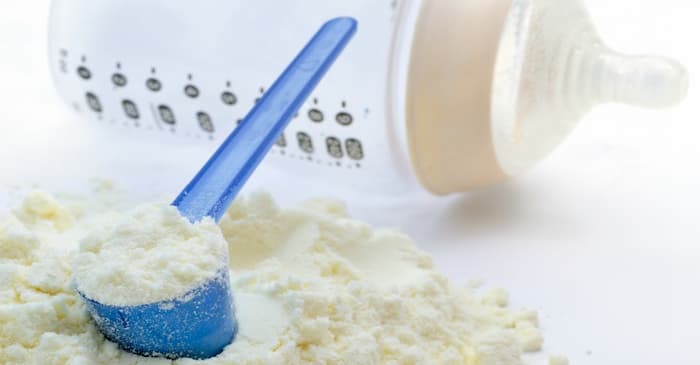
What is the Best Baby Formula Australia Available?
There really is no best formula as all of them need to comply with the Australian standards. According to these standards, all infant formula Australia options must contain similar ingredients. One thing is certain, however, infant formulas cannot be compared to breast milk as it contains lots of unique living organisms and components. However, manufacturers always strive to create something similar as possible to the real thing.
Types of Formula Milk
Cow’s Milk-Based Formula
These formulas are among the first and most commonly used types. Cow’s milk is the main ingredient and they are the most common choice since they have the right balance of protein, fat and carbohydrates. The two main milk proteins in breast milk (casein (curds) and whey) can also be found in cow’s and goat’s milk, only in different proportions. In cow’s milk formula, the ratio of these two ingredients is adjusted.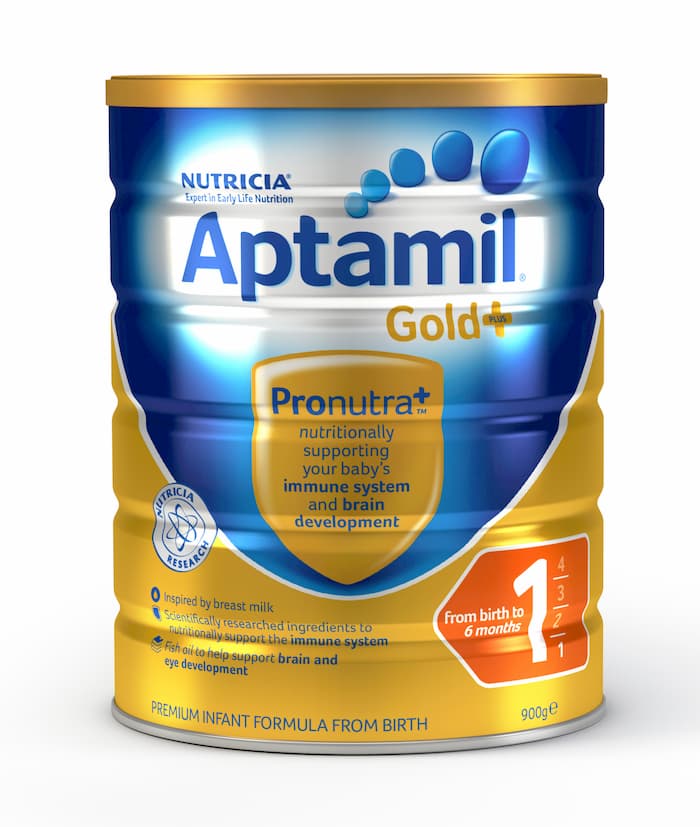
- First-Stage Formula – This type of formula is based mostly on whey with a ratio of 40:60 (casein – whey). This formula ratio is almost the same as breastmilk, so it’s no wonder why baby formula Australia pediatricians consider it suitable since day one. It has been said that this baby formula is ideal for up to one year since it’s easier for babies to digest it.
- Second-Stage Formula – Unlike the first-stage formula, this one contains more casein than whey with a ratio of 80:20. According to manufacturers, the higher the casein content, the longer the time for its digestion. That way, your baby will be fuller for a longer period of time.
Goat’s Milk-Based Formulas
Goat’s milk formula is produced with the same nutritional standards as cow’s milk formula. The difference between these two is that goat’s milk formula doesn’t always have a modified casein-to-whey protein ratio. Both goat’s milk infant and goat’s milk follow-on formula are available in Australia. Although a lot of mums think that goat’s milk is a better option than cow’s milk formula, the truth is that there is no real evidence that goat milk can protect babies from allergies. A proof of this is that both of these milk formulas have a similar protein. In other words, if a baby is allergic to cow’s milk, the chances that he/she will be allergic to goat’s milk as well are huge.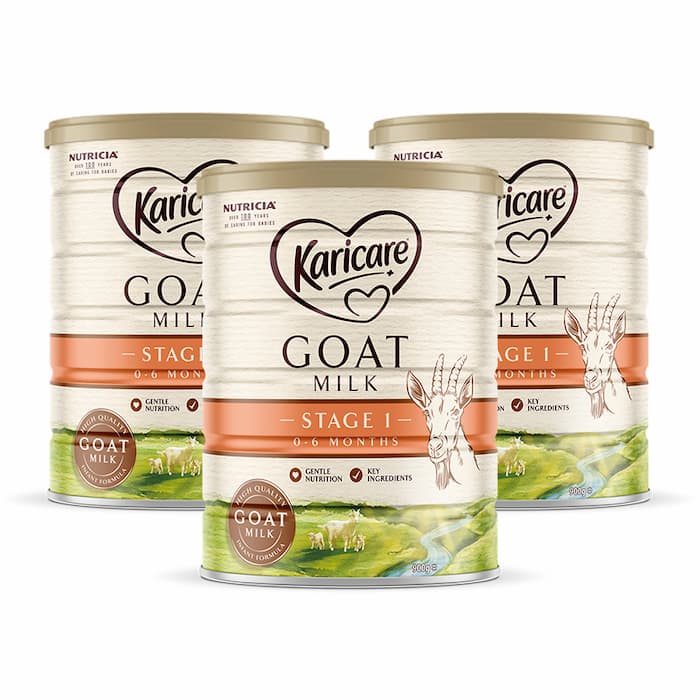
Partially and Fully Hydrolysed Formulas
In both of these formulas the milk protein is broken down into small parts which are partially hydrolysed or even smaller parts which means they are extensively hydrolysed and easy to digest.
- The fully hydrolysed types of formulas are also considered hypoallergenic, which makes them ideal for babies that are diagnosed with allergy or intolerance to cow’s milk.
- The partially hydrolysed formulas aren’t hypoallergenic which makes them unsuitable for babies with an allergy to cow’s milk. The usual name for this baby formula is comfort milk as it’s great for babies suffering from colic, stomach pain and wind. If your baby is allergic to cow’s and goat’s milk formulas, make sure to consult with your pediatrician before buying partially or fully hydrolysed formula.
Soy-Based Formula
As the name implies, soy-based formulas are made of a plant protein. In order to be similar to formula milk, vitamins, minerals and nutrients need to be added to this baby formula. Even though manufacturers market soy formulas as safe and suitable for babies since day one, pediatricians don’t recommend this formula for premature babies or babies under six months. So, before buying one, make sure to consult with your baby’s pediatrician. Since this is a plant-based formula, it’s suitable for babies who are allergic to cow’s and goat’s milk protein. Soy formula is also a good option for babies with the following conditions:
- Galactosemia – a rare and inherited disorder where the body cannot break down the sugar found in milk in order to produce energy.
- Transient Lactose Deficiency – a temporary lactose intolerance which is mainly caused by gastro.
- Congenital Lactase Deficiency – This is extremely rare and unfortunately, an inherited condition which manifests in babies that little or no enzymes that break down lactose. Unfortunately, this condition causes life-threatening lactose intolerance symptoms.

The downside of this formula is that soy contains phytoestrogens chemicals which are similar to the female sex hormone oestrogen. So, experts are concerned that these chemicals might affect the reproductive development in babies who drink only soy-based formula. Additionally, since these formulas contain a lot of sweeteners, they can damage the baby’s teeth over time. So, if you decide to use this formula, taking extra care of your baby’s growing teeth is paramount.
Lactose-Free Formula
Although it occurs quite rarely, some babies can be intolerant to lactose (naturally found sugar in milk). In case your baby has this condition, your pediatrician might recommend switching to a soy-based formula or to some other formula where lactose is replaced with a different sugar. Once again, taking extra care of your baby’s teeth would be needed.
Formula for Premature and Low-Birth-Weight Babies
These formulas are more nutritious as they contain more kilojoules, protein and more easily absorbed fat called medium-chain triglycerides (MCT). How much MCT will be included in a particular formula depends on the manufacturer (brand). Consulting with your pediatrician is essential in order to decide whether your baby needs one of these low-birth-weight formulas or not.


